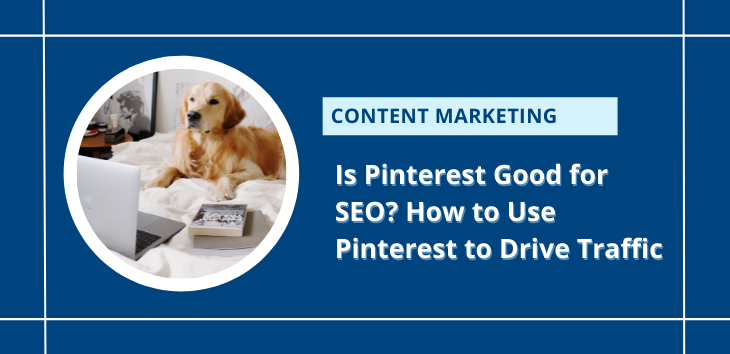Help Us Make Content Creation More Efficient – Why We’re Using NPS
Whether you’re using our Self-Serve Marketplace or working with our Managed Services team, chances are you’ve been asked to rate us from 1 to 10 in terms of how likely you are to refer us to your friends and colleagues. We’re asking this to calculate our net promoter score (NPS) and gather valuable feedback.
I can appreciate that might get in the way sometimes, so I wanted to take a moment to explain how we’re using this feedback to improve both our services and our product.
Why Does NPS Matter?
NPS is a lagging indicator of how our business is doing. That can cover:
- Customer service
- Content quality
- Platform and technology
These are three key areas that we focus on to make sure we’re providing the best possible content creation experience for our clients.
Higher NPS scores (generally anything above 45 / 100) indicate that clients are happy, and scores below signal we have work to do.
While the scores are significant, qualitative feedback makes this data shine.
The overall NPS process is crucial because it allows us to:
- Ask follow-up questions as part of the survey
- Why they’ve given a specific score
- Understand what we’re doing well
- Identify areas where we can improve
- Provides an additional touchpoint for building relationships with clients.
- It offers clients that we don’t speak with daily a place to voice their experiences
- It helps Identify accounts with issues and allows us to intervene before they churn
- Reach out to clients with success and ask them for reviews, product feedback, case studies, etc.
- Track and quantify a score over time, creating internal benchmarks
How We’re Using NPS
We ask all our Self-Serve Marketplace clients that have completed an order for custom content to leave an NPS score:
The survey shows up at the bottom of the client’s screen while in their account. We ask them to fill out the survey on a rolling 30 day time period, and clients can decline to respond, which postpones the survey by seven days.
We also email our Managed Services clients quarterly to get them to complete an NPS survey for us.
But, what are we actually doing with this data?
Client Success
Our client success team reports on NPS as a key performance indicator (KPI) to ensure that our customers are happy with the service they’re receiving. We also look at the qualitative feedback we receive, and any service issues are followed up on and resolved.
Product Development
Our product management team (that’s me!) also pays close attention to our NPS scores and feedback. A big part of our feedback is based on our platform’s tools and features. We always want to hear how our users find the platform and their ideas for new features. We actively incorporate this feedback into our roadmap, so if you’d like any changes, be sure to fill out your NPS surveys!
Content Quality and Turnaround
We also look at how satisfied clients are with their content and whether it was delivered on time. Comments that mention these issues are passed to our Content team, who will investigate and resolve them. For example, we’ll step in to speak to the writer or find new writers if the quality is an issue. If the turnaround becomes an issue, we can find additional writers for the client or help design their content brief to attract more writers.
While NPS is our proactive way of gathering feedback, we also welcome your feedback on any of these issues at any time. Please feel free to reach out.
How NPS Is Calculated
If you’re curious about how NPS is calculated, I thought I’d add this quick overview.
To calculate NPS, you subtract the percentage of customers who answer the survey with a six or lower (detractors) from the percentage of customers who respond with a 9 or 10 (promoters). We also collect data for neutral respondents (scores of 7-8), but they are not included in the final score. So, if you’re happy with our service, leaving an eight doesn’t reflect that you would be a promoter.
How to Interpret the NPS score:
An NPS score can be any number value between -100 to 100. If the score is made up of predominantly detractors, the score will be negative, and if a score is predominantly promoters, then it’s the opposite.
Generally, scores above 45 are considered good, but the higher the score, the better.
I like Jason Lemkin’s guide to interpreting NPS scores:
60 NPS: They buy more from you
30 NPS: They stay
20 NPS: They take the other guys’ call
10 NPS: They are already trying the competition
Jason M. Lemkin
SaaS Founder, Enthusiast & Investor
One of the most important aspects of interpreting NPS is observing how your score is trending. Is it improving or declining? A good NPS score can vary a bit from company to company, so knowing your standards and how you’re performing against them is vital.
Wrapping Up
I hope this quick look at our NPS program has been helpful. We’re committed to providing the best content creation experience possible to all our clients, so please make sure to fill out those NPS surveys when you see them. It is a massive help for us and will make our product and service better for all our clients.




